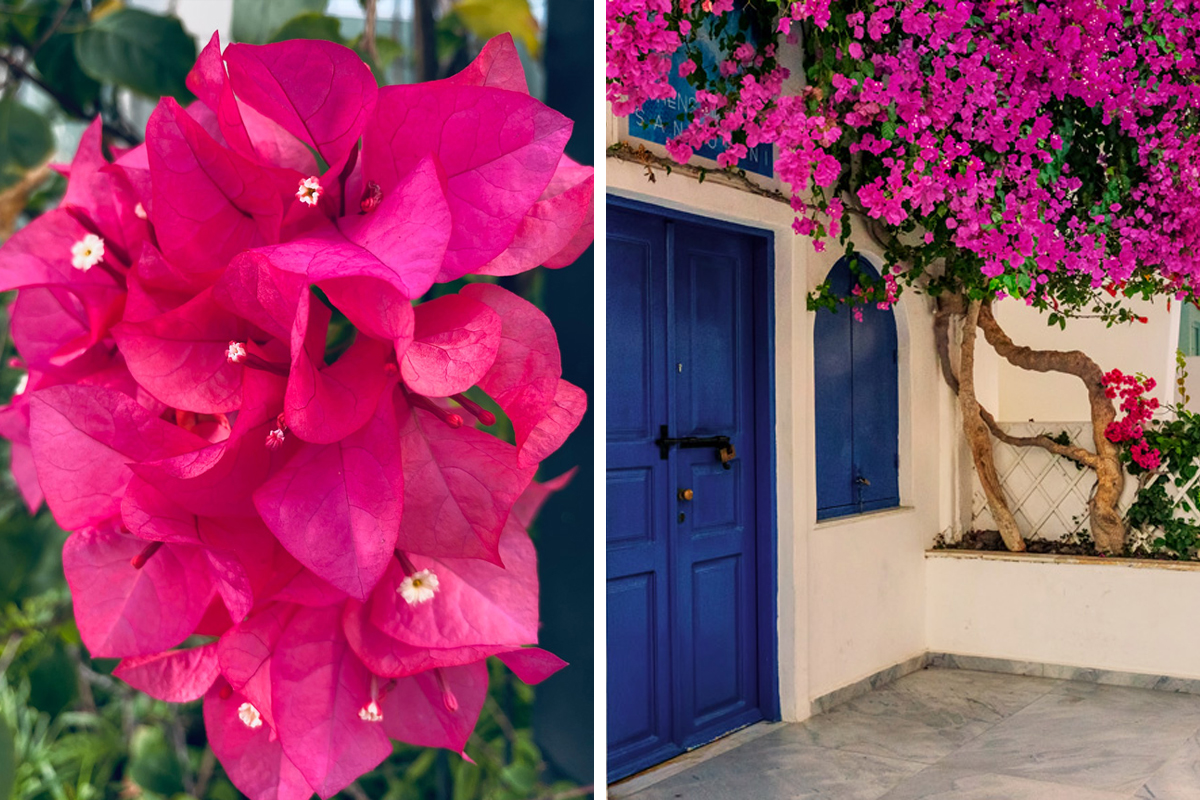
A Beginner’s Guide To Growing And Caring For Bougainvilleas
Nothing adds instantly curb appeal like bright bougainvillea flowers over an arbor. These vibrant, eye-catching vines can instantly transform the look of your home with their burst of colors. So, if you are looking for an easy yet stunning garden makeover, then a bougainvillea plant should be your go-to choice. It’s relatively easy to grow and maintain and is suitable for both seasoned gardeners and beginners.
So what makes bougainvilleas so special? It’s those vivid, show-stopping bracts that come in a range of colors like deep purple, fiery red, and vibrant pink. They’ll make your home stand out in the neighborhood and leave a lasting impression on anyone who passes by.
Image source: Furkan Dokuzlar
These stunning plants are surprisingly easy to grow, even for beginners. They thrive in warm, sunny climates and don’t demand much attention. Just ensure they get enough sunlight, well-draining soil, and occasional watering, and they’ll reward you with gorgeous blooms.
Bougainvilleas are versatile and adaptable. This means you can plant them anywhere from your fence to a Dutch door or in decorative pots. They require minimal maintenance and are drought-tolerant once established.
Here’s your step-by-step guide to planting, growing, and caring for bougainvilleas.
How to Grow Your Own Bougainvillea Vines
Before you rush to buy the seeds, learn a thing or two about its history first! Did you know the plant is named in honor of the French navigator Louis-Antoine de Bougainville? He circumnavigated the world in the late 18th century. During his visit to Rio de Janeiro, a French naturalist on board, Philibert Commerson, noticed the bright-colored flowers. The plant was named in honor of Bougainville.
Since then, the bougainvillea flowers have become quite popular and are considered a symbol of passion and beauty. It can easily rival popular garden choices such as roses or vibrant dianthuses.
Growing your own vibrant bougainvillea can be a delightful gardening project as it elevates your surroundings with its picturesque beauty. Here’s all you need to know about bougainvillea.
Choosing the Right Bougainvillea Variety
Bougainvillea has a rich diversity of colors. These are the 5 most common varieties you’ll come across:
Bougainvillea spectabilis
This is the most common variety, known for its brilliant and vibrant bougainvillea colors. It comes in purple, pink, red, and orange colors.
Image source: Hibachi Wolfe
Bougainvillea glabra
This variety is less vigorous, making it an excellent choice for smaller gardens or as a potted plant.
Image source: Ruben Sukatendel
Bougainvillea Barbara Karst
It boasts beautiful bougainvillea colors, such as deep, rich reds.
Image source: elaine alex
Bougainvillea Alexandra
It has vibrant magenta or hot pink bracts. This variety grows fast and can be trained to cover fences and trellises beautifully.
Image source: İrfan Simsar
Bougainvillea Torch Glow
This variety has a mix of vibrant orange and pink bract combinations.
Image source: mrsiraphol
To select the variety most suitable for your space, first consider the size of your garden. Bougainvillea varieties range from compact shrubs to sprawling vines. Compact varieties are perfect if you have a small garden. Growing vines requires a support structure along with proper training and pruning. So, take your time and choose the right variety and color.
Planting Bougainvillea
Planting bougainvillea is a straightforward process, but getting it right from the start is crucial for its long-term health and stunning growth. The plant loves sunlight, so select a spot that receives at least 6-8 hours of direct sunlight daily. Choose a soil that has good drainage to prevent waterlogging. Bougainvillea thrives in slightly acidic to neutral soil with a pH level around 6.0 to 6.5.
If you are planting directly in the garden, dig a hole twice as wide and as deep as the root ball of your bougainvillea. The extra space will allow good root development. Remember, bougainvillea roots are gentle, so plant it slowly and cover it firmly with soil.
Watering and Fertilizing Bougainvillea
While the plant can even survive drought conditions, in the beginning, however, it needs plenty of water. Give your bougainvillea a deep watering to settle the soil and hydrate the roots. After that, you can apply a layer of mulch around the base to help retain moisture.
Once the plant is established, you need to water it only once in 3-4 weeks.
When it comes to fertilization, apply a diluted NPK 10-10-10 ratio fertilizer in early spring for abundant growth. For potted plants, use a 5-5-5 fertilizer ratio.
Image source: Ilham Abitama
Growing Bougainvillea in Pots
Growing bougainvillea glabra in pots is an excellent option for a limited garden space. These are not indoor plants, so if you plan to buy a small potted bougainvillea to keep indoors, make sure it always stays near a window with plenty of sunlight. You may even need to move it around to provide enough sun.
For the garden, you will need at least a 5-gallon pot (or larger) as bougainvillea’s roots appreciate room to grow. Use a high-quality potting mix and add in some perlite or sand for better drainage.
Make sure to prune regularly as it can become leggy, meaning it may develop tall stems with very few leaves. Prune back the tips to encourage bushier growth.
Image source: lifeforstock
Bougainvillea Care Tips
Optimal Temperature for Bougainvillea
Varieties like the bougainvillea glabra are renowned for their vibrant bracts and lush foliage. But to make sure the bougainvillea flower achieves its full potential, you’ll need to give it the proper sunlight and temperature conditions. It is a warm-weather plant and prefers temperatures between 60°F (15°C) and 100°F (38°C). That’s why It thrives in tropical and subtropical climates.
If you live in colder climates, you’ll need to protect the plant from frost and freezing temperatures. For proper bougainvillea care, consider bringing your potted plants indoors during winter months.
Common Pest and Disease Management
Keeping your bougainvillea healthy and vibrant requires effective pest and disease management. Common pests that prey on bougainvillea flowers are aphids, whiteflies, and caterpillars. They can cause leaf curling, damage, or distortion. Use neem oil to combat whiteflies and handpick caterpillars to protect the plant.
A white, powdery substance on leaves can indicate powdery mildew, a fungal disease. To combat this, you’ll need to use a fungicide. Another similar disease that can be fought with a fungicide is leaf spot. It causes dark, circular lesions on leaves. Also, make sure to cut infected leaves.
Prevention Tips
- Keep your bougainvillea plant well-pruned to improve air circulation and reduce the risk of disease.
- Avoid overhead watering, as wet foliage can encourage fungal issues.
- Regularly inspect your plant for signs of pests or disease, catching problems early for easier management.
- Maintain overall plant health through proper watering, fertilization, and well-draining soil.
Image source: Mollie Moran
Pruning
The best time to prune your bougainvillea plant is during late winter or early spring, just before the growing season begins. This will ensure abundant flowering during the warmer months.
The plant grows vigorously, so don’t be afraid to prune substantially to maintain your desired shape and size. Trimming back mature branches can create a bushier, more compact appearance. Identify and remove any dead, damaged, or diseased branches for regular pruning.
Image source: ehowgarden
Supporting Bougainvillea’s Climbing Habit
Bougainvillea is a vine, so it naturally starts climbing. However, you’ll need a sturdy bougainvillea trellis or support structure to encourage its climb. The support structure can be anything from a pergola to fences. But make sure the support is well-anchored and can bear the weight of the mature plant. Bougainvillea can become heavy when mature, so adequate support is crucial.
You’ll need to plant your bougainvillea close to the support structure, leaving enough space for the roots to establish. This will allow the plant to naturally grow upwards.
When the plant is young, you can gently guide its branches toward the support structure. Use soft ties or twine to secure the branches without causing damage. Regularly prune and shape to encourage it to climb where you want it to. Remove any excessive or wayward growth to maintain the desired form.
Image source: vwalakte
How To Enjoy the Blooms of Bougainvillea Year Round
Select bougainvillea varieties that are known for their continuous or prolonged blooming habits. Bougainvillea spectabilis and Bougainvillea Alexandra varieties are known for their thick, bushy growth. They are an ideal choice if you want to enjoy the blooms year-round.
An important point to remember is that bougainvillea blooms only at the tips of new growth. So, you need to regularly cut back mature branches.
Understanding Bougainvillea Plant’s Flowering Cycle
Bougainvillea typically experiences a brief dormant period from winter to early spring. During this time, the plant may shed some leaves and stop flowering. It enters its growth phase when the temperatures warm up and daylight hours increase. New buds will start appearing in spring, followed by flowering, which typically begins in May.
Bougainvillea produces intense blooms for several weeks to months, depending on the variety and growing conditions. The plant goes through multiple flowering cycles throughout the warm season. To encourage continuous blooming, prune regularly and remove dead flowers.
The flowering cycle can vary based on environmental factors such as temperature, sunlight, and humidity. If you live in a warm, tropical region, you may be able to enjoy bougainvillea year-round. Blooming in cooler climates, however, is limited to the warm months.
Image source: Jeffry Surianto
Frequently Asked Questions
Where Does Bougainvillea Grow Best?
Bougainvillea flourishes in tropical and subtropical regions. Its ideal growing zone is USDA Zone 9 and above. It needs frost-free conditions to thrive. If you live in Zone 8 or below, start with potted plants that can be moved indoors for winter protection.
How Do You Make a Bougainvillea Spread?
To encourage bougainvillea to spread:
- Prune selectively to promote lateral branching.
- Train branches along supports or trellises.
- Ensure it receives ample sunlight and nutrients.
Cut back long stalks or branches to manage its size and shape. Prune extensively in early spring to encourage new growth and more blooms.
What is the Lifespan of a Bougainvillea Plant?
A bougainvillea plant can last 20-30 years or more with proper care. They are pretty resilient plants that provide vibrant blooms for many years.
737views
Share on FacebookThe hummingbirds loved my bougainvilleas almost as much as my old-as-dirt yucca tree. If you have these in your garden and you put up a feeder, it will be Hummingbird Central.
Always loved how these look when healthy. If you have one (more?), I saw an interesting use for their petals at an art installation this summer. The installation was a huge 3story hallway formed entirely of different types of plants and flowers strung vertically on very thin copper wire. Absolutely gorgeous and smelled wonderful. The surprise however, was the strings of different colored bougainvillea threaded petal by petal. They result was gorgeous, delicate looking leis. So inexpensive and so beautiful if one were to recreate them DYI…
Always loved these from lots of trips to Portugal. Looking forward to when we can grow them in England and with global warming at its current rate it will not be long.
If the Gulf Stream collapses in the next few years as predicted due to man-made climate change, the UK will probably experience much colder temperatures for a while.
Load More Replies...The hummingbirds loved my bougainvilleas almost as much as my old-as-dirt yucca tree. If you have these in your garden and you put up a feeder, it will be Hummingbird Central.
Always loved how these look when healthy. If you have one (more?), I saw an interesting use for their petals at an art installation this summer. The installation was a huge 3story hallway formed entirely of different types of plants and flowers strung vertically on very thin copper wire. Absolutely gorgeous and smelled wonderful. The surprise however, was the strings of different colored bougainvillea threaded petal by petal. They result was gorgeous, delicate looking leis. So inexpensive and so beautiful if one were to recreate them DYI…
Always loved these from lots of trips to Portugal. Looking forward to when we can grow them in England and with global warming at its current rate it will not be long.
If the Gulf Stream collapses in the next few years as predicted due to man-made climate change, the UK will probably experience much colder temperatures for a while.
Load More Replies...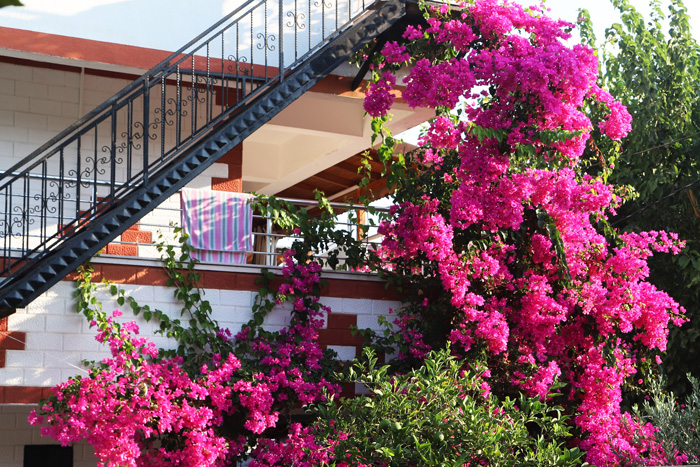
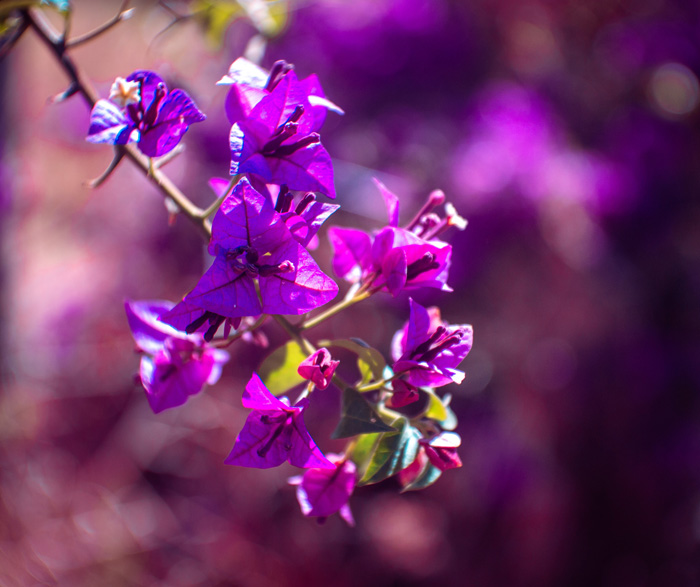
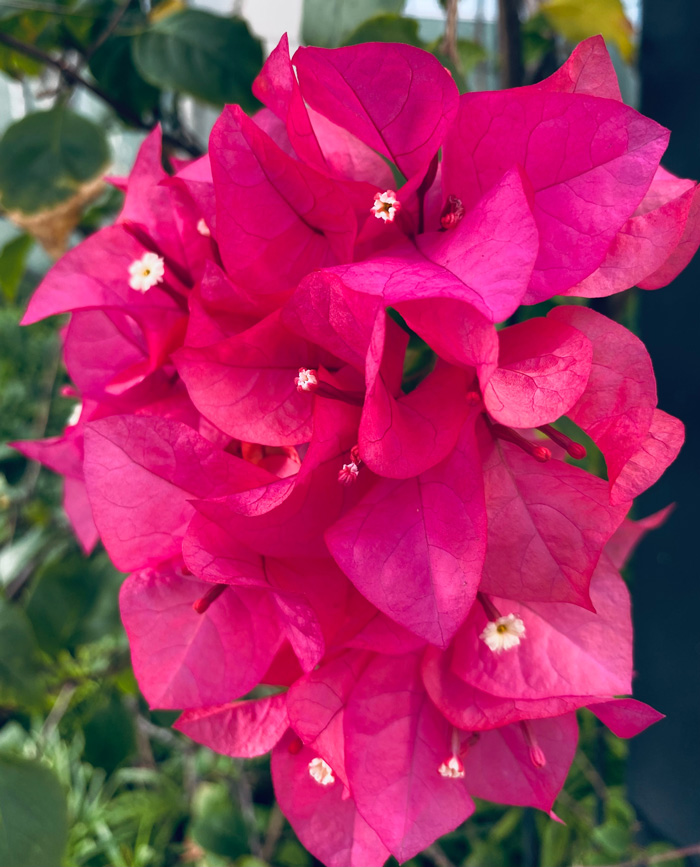
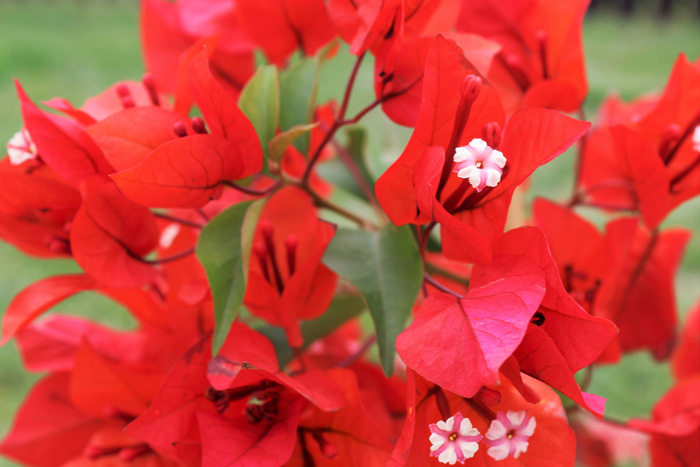
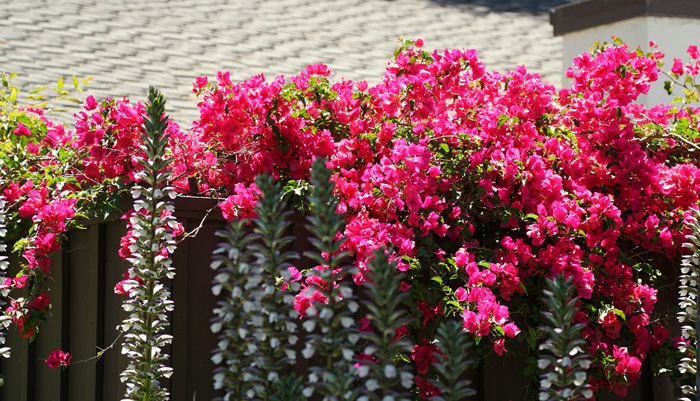
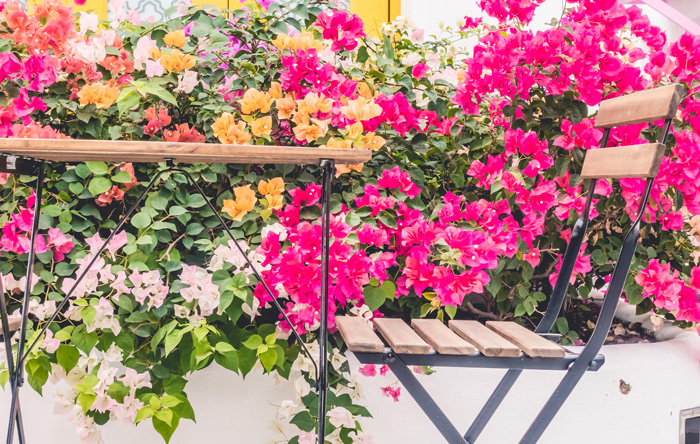
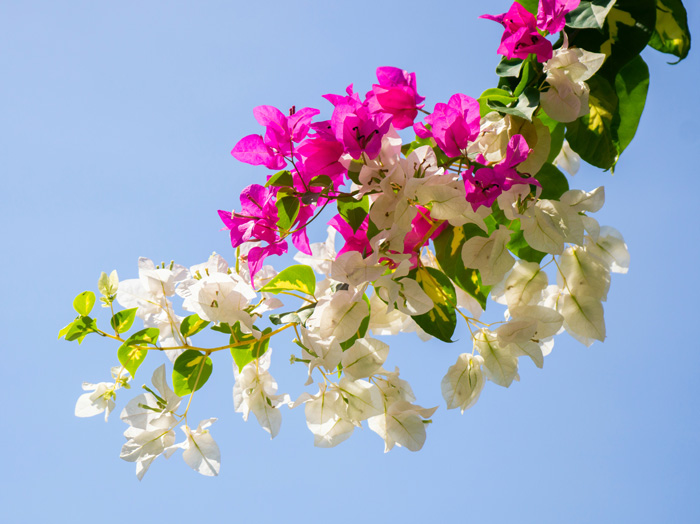
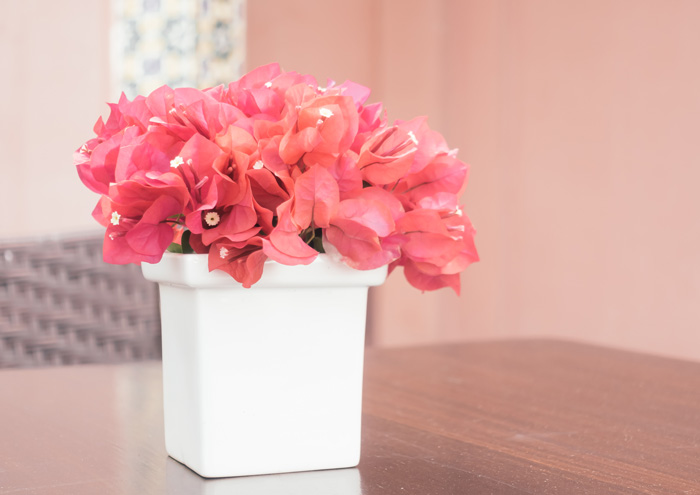
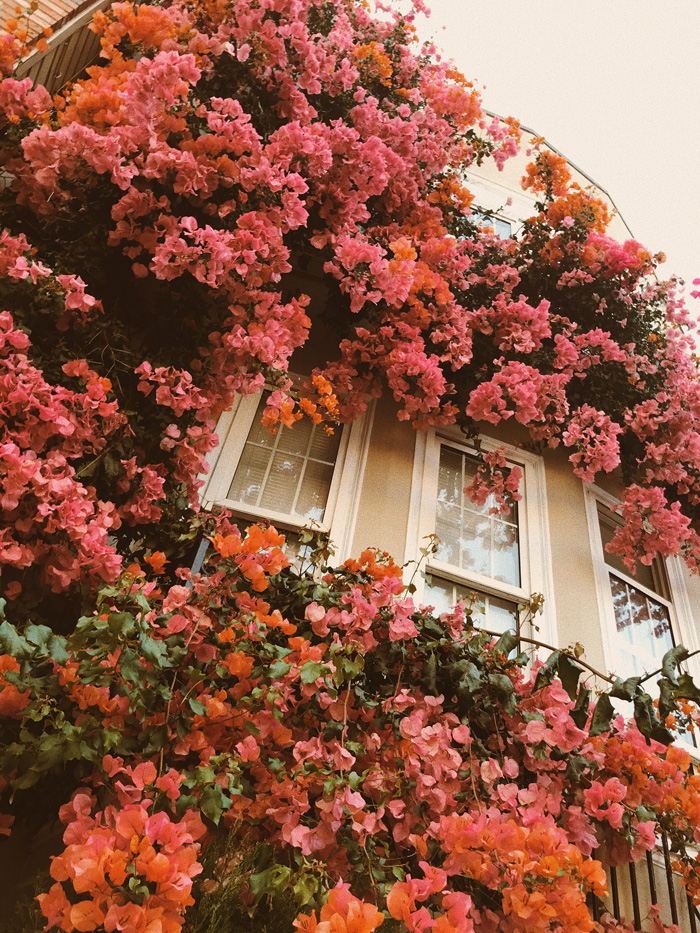
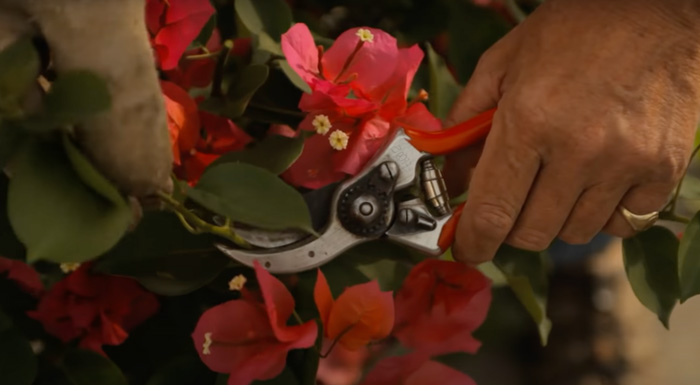
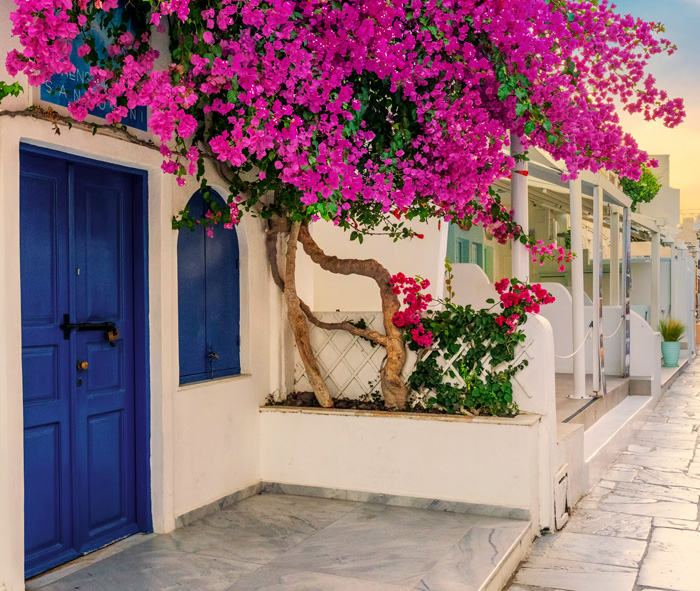
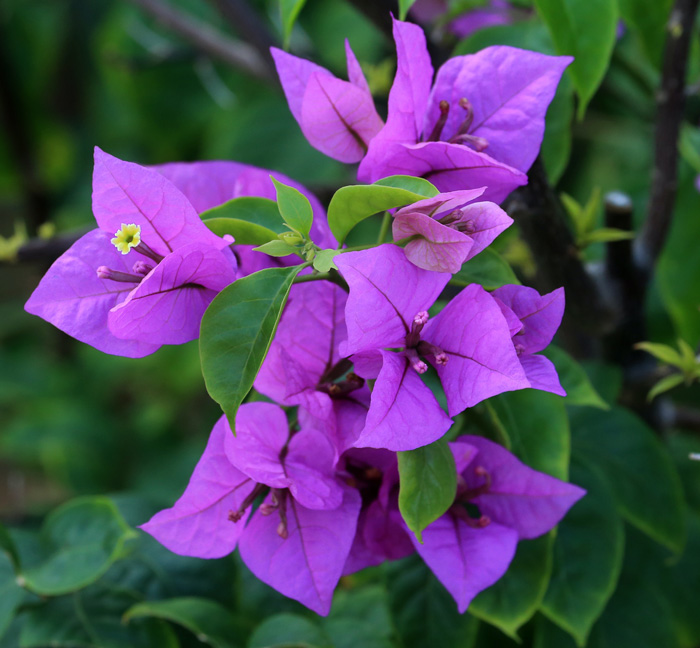




20
8